Beneath the Northern California Fog lies a little region shrouded in mystery for many decades. A landscape of dense emerald green forests stops abruptly against the steep and rugged coastline of the North Pacific. The frigid Alaskan jet stream pounds these rocky shores with heavy rains and powerful surf. Warm winds from the California inland valleys collide with these continual northern fronts along the coast creating the blanket of fog which lingers most of the year. Wild and raw in appearance, the region is filled with the deafening silence of pristine beauty. This lush and abundant forest is filled with ferns and massive coastal redwood sequoias. Foot-trails are soft, spongy, and sheltered from relentless rains diverted by these ancient giants. Like living timelines, some redwoods have been standing for more than 2500 years. These sequoias tower over quiet sleepy towns scattered throughout rolling hillsides and green pastures rich with farmland.Coastal fresh water lagoons are fed from streams connected to winding rivers drawing you deep into the interior where temperatures increase and display the diverse microclimates of the region.
Native American civilizations have existed in this region for more than 10,000 years and the last un-dammed river in California, the Smith River, is just to the north. Countless species of life rely on these 680,000 acres of protected land including 40% of the world's remaining old growth redwoods. A sanctuary for bird migration, spectators come from all over the world to witness rare and elusive varieties as they momentarily stop to basque in the short yet plentiful summers of Humboldt. King Salmon runs are an annual Native tradition and embraced by a thriving fishing industry as well. Nature reigns supreme here and a unique community has learned to coexist within it. Humboldt County has become center stage for natural organic farming, producing some of the highest quality cannabis on the planet.
Humboldt County has a short yet notorious history of rebellious activity. From the prohibition days of of the early 1900's moonshiners found a safe haven in the foggy green forests carving out their own life into the untouched and inaccessible character of the region. Smuggling alcohol back into the urban sprawl through rough north pacific seas was a risky but profitable venture for a couple decades. After the San Francisco earthquake of 1906 most of the city burned to the ground and a new building method was needed to replace brick and mortar. Wood seemed the most logical approach but the climate was wet and most varieties of wood molded in a short period of time, except for the Sequoia redwood. The trees were highly resistant to mold as well as being large and abundant. The movement exploded north to exploit the resources of this virgin territory. After the 1930's the timber industry temporarily fell back with the start of the great depression and the region became known as the "Lost Coast", as many had upped and abandoned there lives heading back for the cities. However, after the summer of love in 1967 many "free spirited" minds migrated north from San Francisco into the hills and mountains of Humboldt. This provided the perfect breeding grounds for a new way of life outside the norms of society. Disenfranchised with the war in Vietnam and the turbulence of the civil rights movement homesteads began to develop, which attracted people from all over the country seeking alternative lifestyles distant from the dramas of the world. The idea of the homestead was complete sustainability. Living from the land, shedding material possessions, and deepening their connection with the Earth were some of main attributes to these newfound ideas being put into practice. The sheer distance of Humboldt from the chaos of society opened a large space for personal exploration which would lead to the dramatic transformation of a whole region.
The Controlled Substances Act of 1970 classified marijuana along with heroin, methamphetamine, cocaine and LSD as a Schedule I drug, i.e, having the relatively highest abuse potential and no accepted medical value.In 1975 the U.S. government started their major campaign against cannabis eradication. Mexico was the major producer and supplier to the United States and in an attempt to reduce the influx, Mexican fields of cannabis where sprayed with a powerful chemical nerve toxin " Paraquat". This had an "Agent Orange" like effect on plant life, destroying crops.This eradication of Mexican interests caused a major increase in cannabis production in the Humboldt region as the continued isolation ensured the confidence of these newly developing growers. Many genetics began to flood in from all over the world brought by these "free spirited" travelers settling down behind the "redwood curtain".This peace wouldn't remain for long as the 1980's were an incredibly difficult time for grower's. President Reagan started a major attack by instating minimum prison sentencing for trafficking and production of the plant. This time marked the beginning of California's domination of domestic production, as quality began to rise through the emerging hybrid movement.
The 1990's brought on a new kind of change, one of resistance against the government. Many grower's lived on their own private land but retreated to the safety of state and national forests to cultivate. Reducing the risk of direct confrontation, many devoted guerrilla growers quietly worked in extreme environmental conditions far out of the reach of most authority's hands. Small portions of crops were eradicated but most of the region remained unscathed. In 1996 the Compassionate Use Act or proposition 215 was voted in by the people of California, forever shifting the Nation's view on cannabis. Some of the first doctors recommending cannabis were concentrated in Northern California including Humboldt County as many began to exercise their new found rights. This controversial medical movement was met with strong and brute force from the federal government, which contradicted the individual States' rights written into the constitution to protect the people. Many were prosecuted but the numbers continued to rise in medical marijuana recommendations and growers. The potential of the region was quickly realized and production spiked substantially as Humboldt was now becoming one of the most renown places on Earth producing this sacred plant.
By the year 2000, case history within the judicial system was changing. Larger amounts of people were succeeding in their defense of legal gardens in city, county and state courts alike. Confidence was reaching an all time high and the liberal laws in Humboldt County stood out from the rest of the state. The State's limitations remained at just six plants per medical recommendation holder, as most counties abided by these laws. However, Humboldt set their regulations at a 99 plant limit, far exceeding the rest of the State. Respecting privacy laws and not prosecuting those actively cultivating gardens, Humboldt was becoming a safe haven for cultivation.After 9-11-2001 laws drastically changed in the United States and the "Patriot Act" was created. This gave the government an immense amount of power through the consolidation of 22 federal agencies known as "Homeland Security", such as warrantless wire tapping, internet spying, email privacy violation, and the suspension of the 4th Amendment rights of the U.S. Constitution (the 4th amendment pertains to the right of "unlawful search and seizure"). Meaning, any police officer or authority figure could now legally search any American's home in the name of domestic security. This idea did not resonate well the people of Arcata, Humboldt county's university town. A petition was created by the people of Arcata receiving more than 7500 signatures, in turn banning the "Patriot Act" from being enforced by the local authorities on the citizens. This small town of 15,000 was one of only three towns in the whole United States rejecting this new federal mandate. Ironically, it was estimated that eight out of ten homes in Arcata were cultivating cannabis and the people refused to give up these critical constitutional rights of privacy. Humboldt's defiance was stronger than ever and the federal government was becoming more concerned with the profound production capability of the area and the effect it was having on the rest of the nation.
This liberal approach to the law has pulled growers from all over the world to Humboldt to participate in this immense movement. Now with over 30,000 active greenhouses and tens of thousands of full sun gardens it is more than apparent that growth is in full effect. This incredible growth hasn't come without its share of problems and federal intervention. In late of 2013 Humboldt County was declared by the federal government and the DEA as a "High Intensity Drug Trafficking Area". The California Ballot of 2016 should be a big year for cannabis in California, and Humboldt has a lot of plans to preserve the reputation of the region. With plans from locally produced and permitted marijuana gardens to tasting rooms and smoke lounges, ending a medical era and allowing marijuana tourism to flourish. This community is so deeply rooted in the evolution of the cannabis industry it seems fitting for such a transformation to take place. A conservative city councilman from one local town was quoted, " Whether you grow marijuana or not in Humboldt County, or just own a business here, your apart of the drug trade and I feel we need to finally and truly address this elephant in the living room." So what changes are on the horizon for this elusive, mysterious and yet highly impactful region? Only time will tell this story correctly.





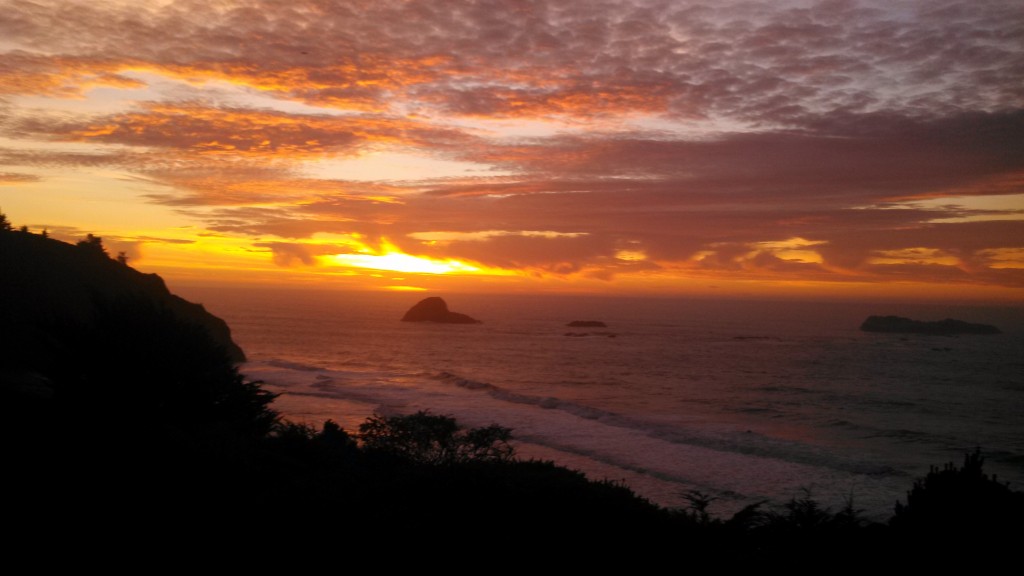

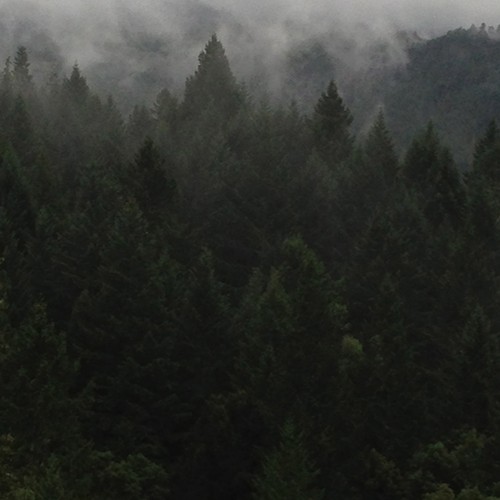
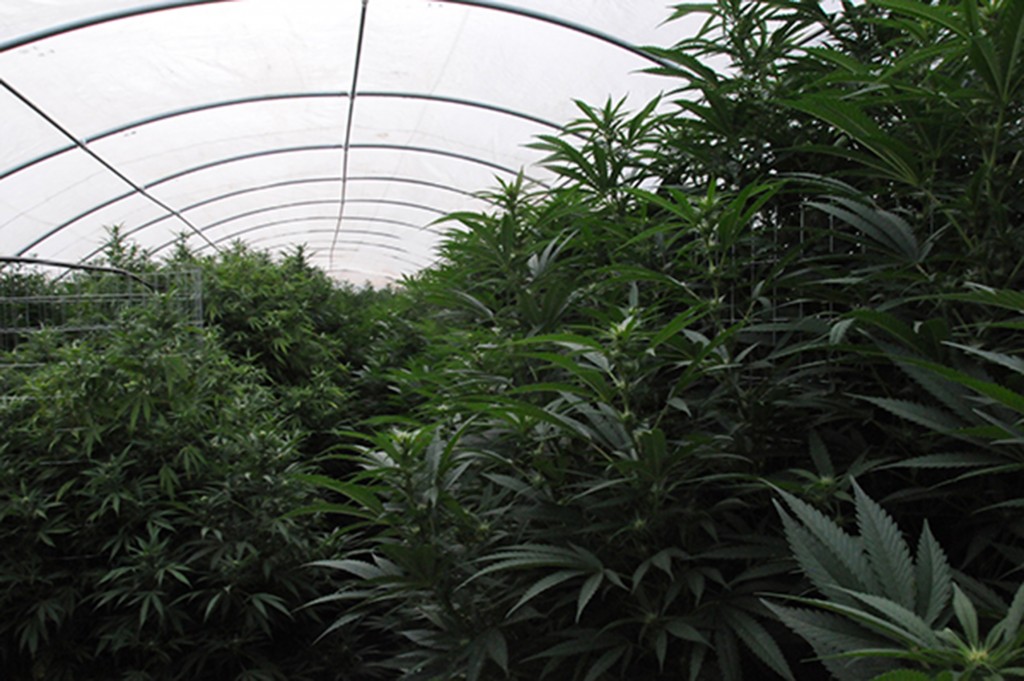
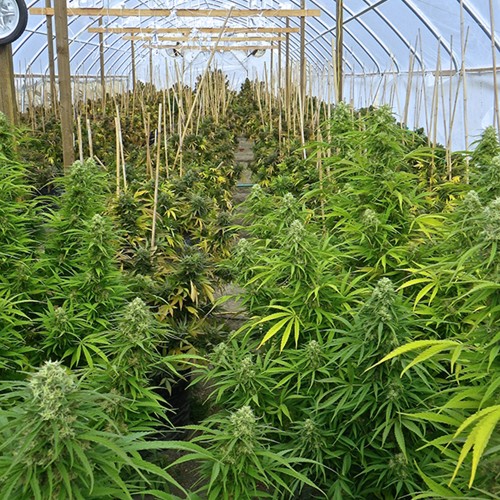
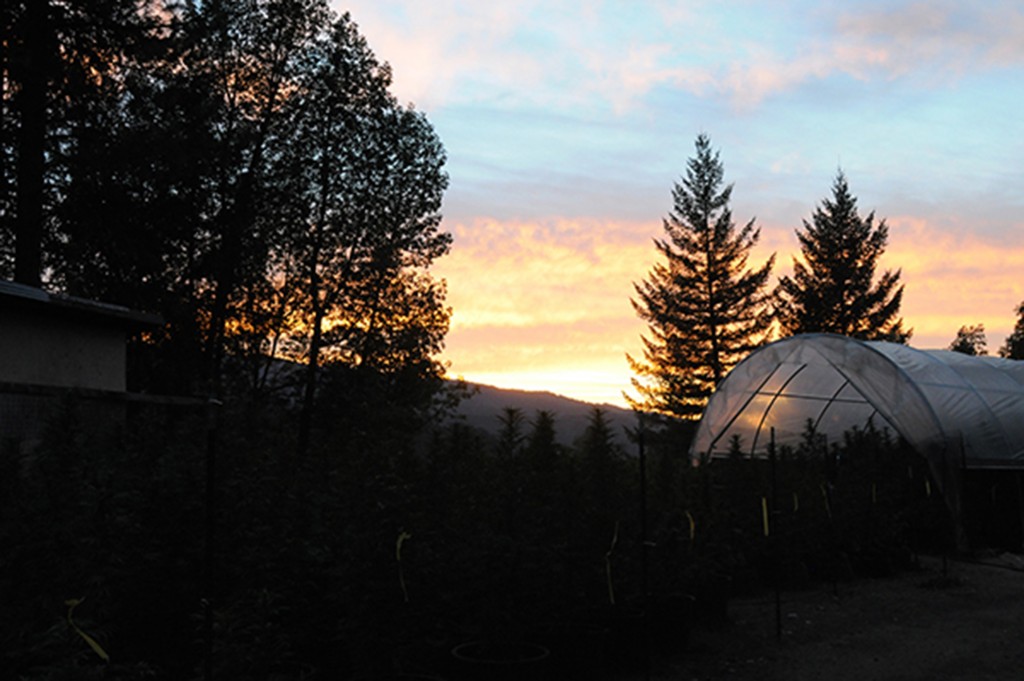
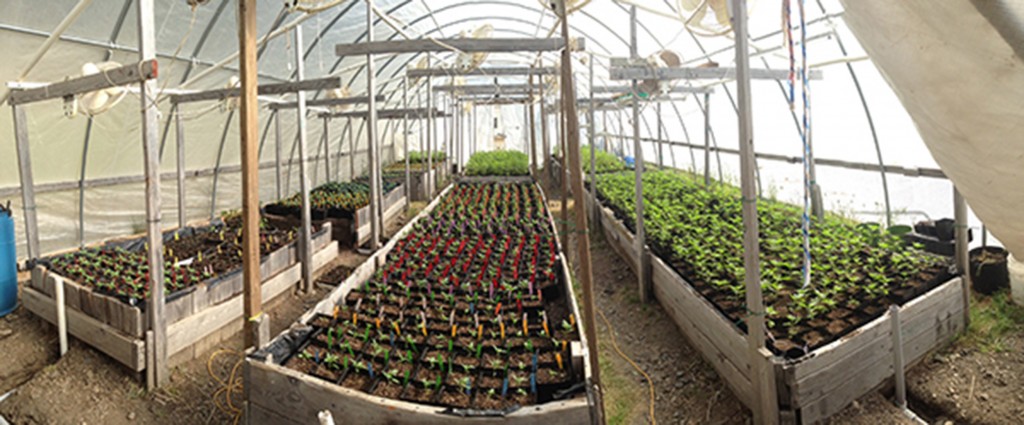
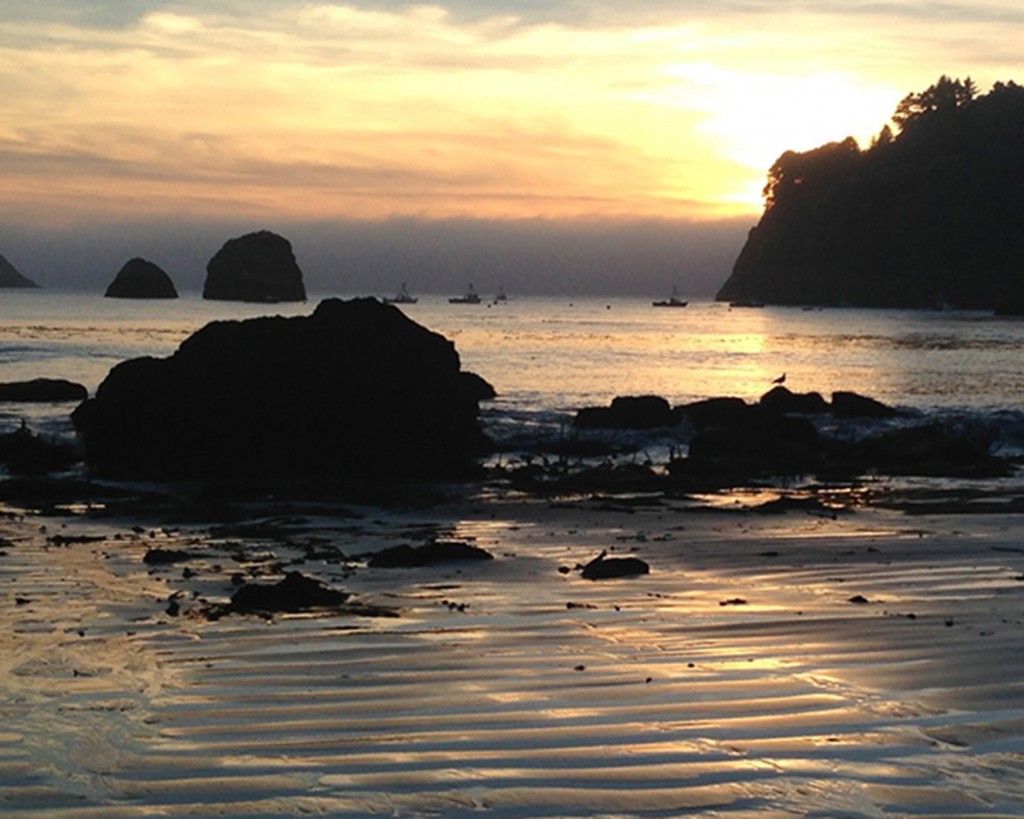
Give us your feedback
Your rating (between 1 and 5)
1 2 3 4 5Leave a comment